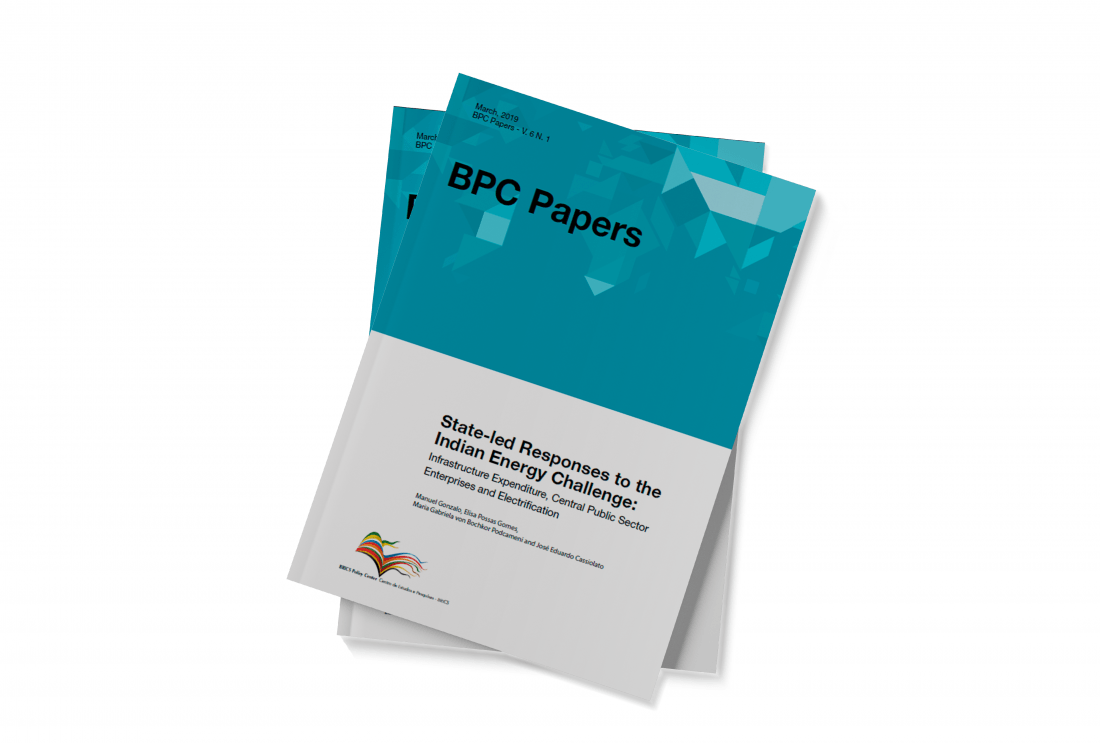
State-led Responses to the Indian Energy Challenge
In the 21st century, economic growth, increasing urbanization, demographic expansion, and advances in electrification as important drivers of energy demand have put significant pressure on the Indian energy landscape. Indeed, energy infrastructure problems are a major hindrance to India’s economic growth. The central objective of this paper is to present and analyze some of the main State-led policy efforts that have been put in place to address India’s energy challenge. In particular, we examine three main types of state-led energy policy in India: a) infrastructure expenditure, b) Central Public Sector Enterprises (CPSEs) investments and Research and Development (R&D) strategies, and c) electrification. Firstly, we present and examine current data on the role of the state in the development of India’s energy sector. Secondly, we provide a nuanced examination of the role of public-private relations in India’s energy sector, especially in contrast to the widespread advancement of the neoliberal agenda in the country recent years. We conclude that the Indian State has fostered an increasing participation of the private sector in infrastructure, especially in renewable energies in which PPPs type of procurement have been more relevant. CPSEs’ expenditure in R&D has been of main importance in oil as well as in power. However, most of them tend to adapt foreign technologies instead of balancing foreign technologies with domestic technological efforts. Therefore, a main contemporary challenge for the Indian CPSEs performing in the energy sector is to deepen their connections and interaction with the other Indian NSI actors. Through the electrification process, the State has created markets for the private sector. Finally, we recommend further energy-related questions to be addressed in future research projects.
Authors: Manuel Gonzalo, Elisa Possas Gomes, Maria Gabriela von Bochkor Podcameni and José Eduardo Cassiolato


